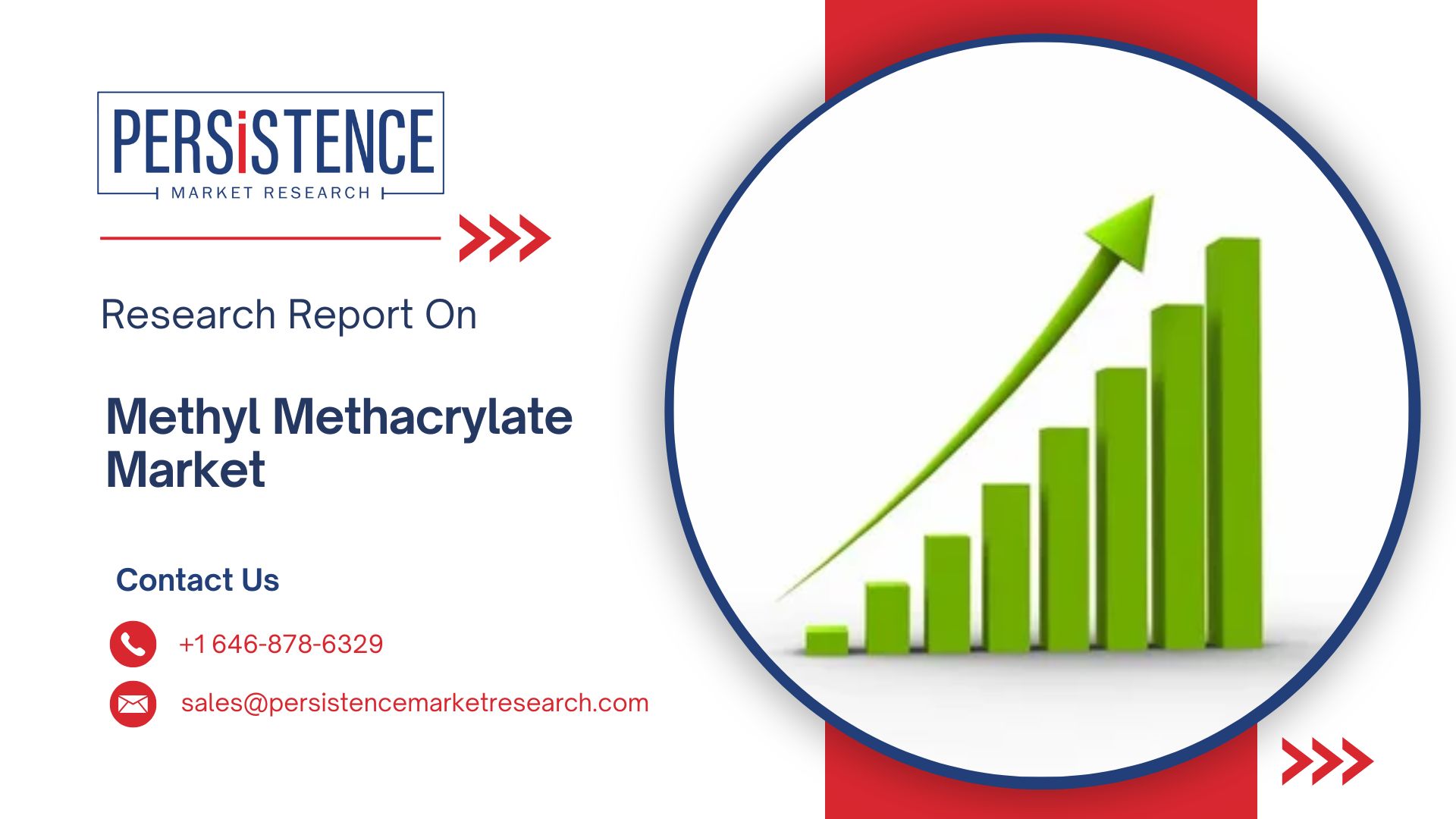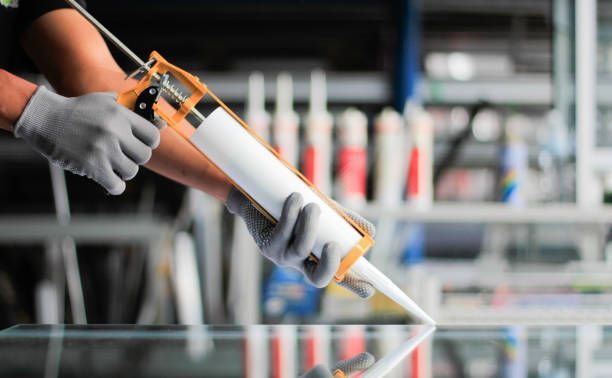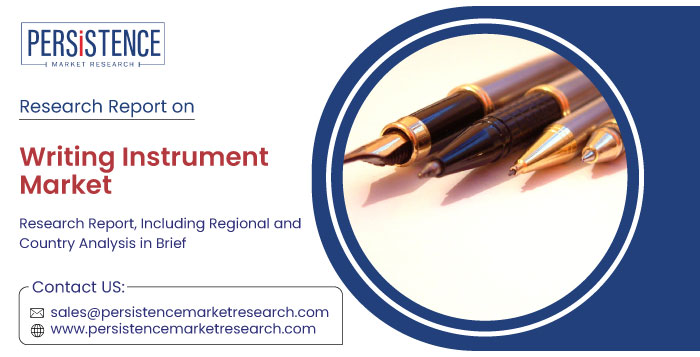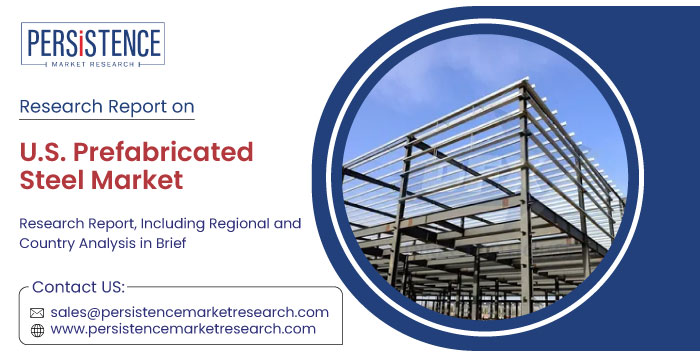What’s Fueling the Boom in U.S. Paints and Coatings Demand?
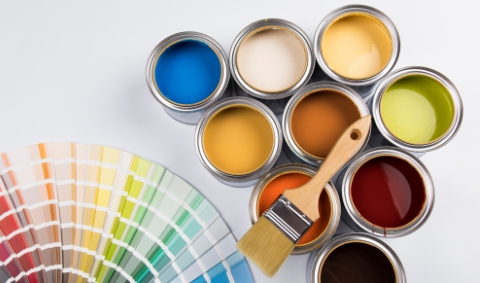
According to Persistence Market Research, the U.S. paints and coatings market is on a significant growth trajectory that is transforming the industry landscape. The market is expected to grow from approximately twenty seven point six billion US dollars in 2025 to around thirty eight point three billion US dollars by 2032, reflecting a compound annual growth rate of about four point eight percent during the forecast period. This expansion is fueled by strong demand across various industries, shifting consumer preferences, ongoing technological advancements, and a growing emphasis on sustainability. This article delves into the core drivers behind this rapid growth and what it means for manufacturers, suppliers, and end users in the sector.
Market Growth and Expansion Dynamics
The paints and coatings market in the United States is experiencing sustained growth due to multiple converging factors. The rise in construction activities, both new builds and renovations, is a primary driver. Residential and commercial construction projects are increasing steadily as urbanization continues and businesses seek modernized spaces. This surge in construction creates significant demand for architectural coatings that provide durability, aesthetic appeal, and environmental compliance.
Additionally, the automotive industry remains a significant contributor to paint demand. The growing adoption of electric vehicles and increasing vehicle production require innovative coatings that offer enhanced protection, lightweight properties, and striking finishes. Industrial applications, including manufacturing, infrastructure maintenance, and heavy machinery protection, further bolster demand. Protective coatings that extend asset life and reduce maintenance costs are essential in these sectors.
The overall market growth reflects not only volume increases but also a shift toward higher value, technologically advanced coatings that command premium prices. This dual effect supports the healthy compound annual growth rate near five percent projected for the coming years.
Sustainability: The Heart of Industry Transformation
Sustainability is no longer just a trend; it is now a core business imperative shaping the U.S. paints and coatings industry. Increasingly strict regulations on emissions and environmental impact, combined with heightened consumer awareness, are pushing manufacturers toward greener formulations.
One of the most significant changes has been the transition from solvent based coatings to low volatile organic compound and water based alternatives. These formulations reduce harmful emissions during application and drying, improving air quality and worker safety. Water based coatings also offer easier cleanup and lower environmental footprints, aligning well with sustainable construction standards.
The rise of biobased raw materials and recycled content is another major development. Using plant derived resins and recycled pigments reduces reliance on fossil fuels and decreases the carbon footprint of paints. These sustainable ingredients appeal to builders pursuing green building certifications and to consumers demanding eco friendly products.
Many manufacturers are investing heavily in research and development to create coatings that meet both performance and sustainability criteria. This includes exploring novel binders, additives, and pigment technologies that reduce environmental impact without compromising durability or aesthetics.
Innovations in High Performance and Functional Coatings
Technological innovation is propelling the paints and coatings market forward, with new functional and high performance products capturing market share. Smart coatings that respond to environmental stimuli or self repair minor damage are emerging as game changers.
Self healing coatings incorporate microcapsules or special chemistries that release healing agents when scratched or damaged, extending surface life and reducing maintenance. Thermochromic and photochromic coatings that change color with temperature or light exposure offer both aesthetic appeal and functional benefits such as heat management. Antimicrobial coatings have gained prominence in healthcare and food processing, helping control harmful microbial growth.
Protective coatings tailored for industrial and infrastructure uses continue to improve in resistance to corrosion, abrasion, UV exposure, and chemical attack. High solids epoxy and polyaspartic coatings are popular for heavy equipment and industrial floors due to their durability and fast curing times. Zinc rich primers provide effective steel protection while heat resistant coatings maintain performance under extreme temperatures.
The demand for these advanced coatings is growing as industries seek to enhance asset longevity, reduce downtime, and improve safety and compliance.
Digital Transformation in Manufacturing and Customer Engagement
Digital technologies are revolutionizing how paints and coatings are produced and sold. Smart manufacturing using Industry 4.0 principles enables real time monitoring and control of production processes. This helps optimize energy use, reduce emissions, improve product consistency, and minimize waste.
Sensors and artificial intelligence tools allow manufacturers to monitor volatile organic compounds, emissions, and quality parameters more effectively than ever before. These technologies ensure compliance with increasingly complex environmental regulations and support sustainability goals.
On the sales side, digital channels are reshaping customer experiences. Online platforms allow consumers, contractors, and businesses to browse products, visualize colors in virtual settings, and place orders easily. Augmented reality tools and artificial intelligence powered color matching help reduce uncertainty and increase customer satisfaction.
Manufacturers and retailers are also leveraging social media and virtual consultations to engage customers directly and build brand loyalty. This digital evolution meets the needs of a more tech savvy, convenience oriented consumer base and expands market reach beyond traditional brick and mortar outlets.
Changing Consumer Preferences and Aesthetic Trends
Consumer tastes in paints and coatings have become more sophisticated and diverse, influencing product development and marketing strategies. The demand for unique and personalized colors is rising, with earth tones, muted pastels, and soft neutrals gaining popularity as people seek calming and nature inspired environments.
Texture and finish play important roles, with matte and satin coatings favored for their elegant, modern look and ability to conceal surface imperfections. Specialty finishes like metallic sheens, pearl effects, and textured paints add new dimensions to design possibilities and allow greater expression.
The growth of do it yourself culture has also transformed the market. More consumers feel confident undertaking painting projects themselves, driving demand for easy to apply, low odor, and fast drying paints. Smaller packaging sizes, tintable colors, and user friendly applicators support this trend.
Accent walls and color blocking techniques remain popular ways for consumers to refresh interiors quickly without full repainting, further driving sales of specialty paints.
Regulatory Landscape and Impact on the Industry
Regulation is a powerful driver shaping the paints and coatings market. Federal and state agencies continue to tighten restrictions on volatile organic compounds and hazardous air pollutants in coatings to protect environmental and human health.
These regulations require reformulation of many traditional products and encourage innovation toward greener alternatives. Compliance extends beyond formulation to include product labeling, emissions reporting, and manufacturing practices.
States often enact standards stricter than federal levels, creating a complex regulatory environment manufacturers must navigate carefully. While compliance increases costs, it also drives product quality improvements and opens opportunities in the growing green building sector.
Policy incentives further stimulate demand for sustainable coatings. Tax credits, procurement preferences, and grants support manufacturers developing low emission, eco friendly products and encourage builders to specify these coatings in public projects.
Supply Chain Adaptation and Raw Material Trends
Supply chain resilience has become critical amid recent disruptions caused by geopolitical tensions, transportation challenges, and raw material shortages. Paint manufacturers are diversifying sources and increasing reliance on regional suppliers to reduce risks and improve delivery reliability.
Price volatility in key raw materials like titanium dioxide, solvents, and specialty resins continues to impact production costs. This encourages companies to optimize formulations to use less expensive or more abundant inputs without compromising performance.
Innovation in raw materials includes the development of bio based and recycled components that support sustainability while providing comparable or superior coating properties. These advances also help companies meet regulatory requirements and consumer expectations.
Inventory management and supplier collaboration are key strategies to maintain steady supply amid fluctuating global conditions.
Applications Across Key End Use Sectors
The paints and coatings market serves diverse sectors each with distinct needs and growth drivers. The architectural segment leads due to robust residential and commercial construction and remodeling. Demand centers on durable, aesthetically pleasing coatings with low environmental impact for both interiors and exteriors.
Automotive and transportation coatings are evolving quickly in response to electric vehicle adoption and styling trends. Scratch resistance, corrosion protection, heat resistance, and special effect finishes are increasingly important in this segment.
Industrial coatings continue to be vital for protecting infrastructure, machinery, and equipment in sectors like manufacturing, energy, and transportation. Specialized formulations that resist chemicals, temperature extremes, and abrasion help extend asset life and reduce maintenance costs.
The combination of strong demand across these segments fuels overall market growth and drives innovation.
Competitive Landscape and Industry Consolidation
The U.S. paints and coatings market features a mix of large multinational corporations and innovative smaller players. Companies compete by investing in new technologies, expanding sustainable product lines, and improving customer engagement.
Research and development collaboration with startups and academic institutions accelerates innovation in bio based resins, smart coatings, and digital tools. This openness to partnerships supports faster product development and market responsiveness.
Mergers and acquisitions remain common strategies for growth and portfolio diversification. Companies acquire specialty brands to enhance product offerings and enter new segments. Vertical integration efforts help improve supply chain control and margin stability.
The competitive environment fosters continuous improvement and adoption of advanced coatings solutions.
Future Outlook for 2025 and Beyond
Looking ahead, the U.S. paints and coatings market is set to maintain strong growth, supported by rising construction activity, technological progress, and evolving customer demands. Sustainability will continue to be a central theme, with increasing adoption of eco friendly chemistries and renewable raw materials.
Digital transformation in manufacturing and customer engagement will enhance operational efficiency and brand loyalty. Demand for functional coatings with smart or self repairing properties will expand into new sectors.
Manufacturers that combine innovation, sustainability, and digital capabilities will be best positioned to capitalize on the robust market opportunity. As the market grows from twenty seven point six billion US dollars in 2025 to an estimated thirty eight point three billion US dollars in 2032, with a compound annual growth rate close to five percent, adaptability and forward thinking will be key to success.
In summary, the boom in U.S. paints and coatings demand is fueled by a confluence of construction growth, sustainability initiatives, technological advances, changing consumer tastes, and regulatory pressures. The industry is evolving rapidly, presenting exciting opportunities for companies ready to innovate and lead in this dynamic market.
- Ready-to-Use Grout and Adhesive Market Size, Share, and Growth Forecast for 2025 - 2032
- Playground Surface Materials Market Size, Share, and Growth Forecast for 2025 - 2032
- Micronized PTFE Market Size, Share, and Growth Forecast for 2025 - 2032
- Europe Organic Fertilizer Market Size, Share, and Growth Forecast for 2025 - 2032
Note: IndiBlogHub features both user-submitted and editorial content. We do not verify third-party contributions. Read our Disclaimer and Privacy Policyfor details.




